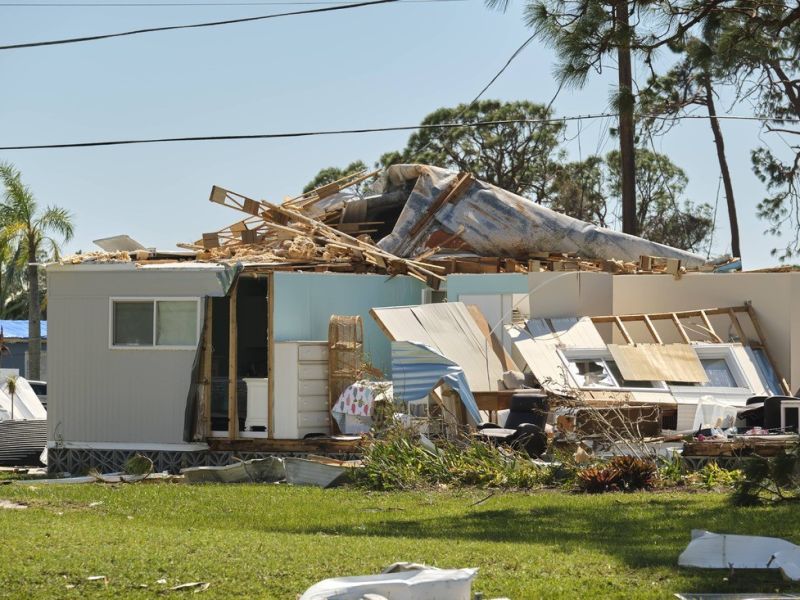
Introduction
Effective emergency communication strategies play a crucial role in the field of storm and disaster restoration. When natural disasters strike, such as storms, floods, or fires, prompt and clear communication becomes essential to ensure the safety of individuals, coordinate emergency response efforts, and facilitate efficient disaster recovery. This article delves into the various aspects of emergency communication in the context of storm and disaster restoration, including crisis communication, emergency response, and disaster recovery planning.
Crisis Communication
Crisis communication is a vital component of emergency communication strategies in storm and disaster restoration. It involves the dissemination of timely and accurate information to the affected population, emergency responders, and stakeholders. During a crisis, communication channels such as emergency alerts, public address systems, social media platforms, and traditional media outlets are utilized to provide critical updates, instructions, and warnings to ensure public safety.
Emergency Response
Effective emergency response relies on efficient communication systems and protocols. Coordination among emergency responders, including firefighters, law enforcement agencies, medical personnel, and restoration professionals, is essential for a well-coordinated and swift response to disasters. Communication tools such as two-way radios, mobile applications, and incident management systems are used to facilitate real-time information sharing, resource allocation, and coordination efforts.

Disaster Recovery Planning
Disaster recovery planning involves the development of comprehensive strategies to restore communities, infrastructure, and ecosystems after a storm or disaster. Communication plays a pivotal role in effective disaster recovery planning. It entails engaging and informing community members, coordinating with government agencies and non-profit organizations, and managing public expectations. Clear communication regarding the recovery process, available resources, and timelines helps facilitate a smooth transition from the emergency response phase to long-term recovery.
Importance of Timely and Accurate Communication
Timely and accurate communication is crucial in storm and disaster restoration for several reasons. First and foremost, it helps ensure the safety of individuals and enables them to take appropriate actions to protect themselves and their property. Secondly, it assists emergency responders in prioritizing their efforts and deploying resources effectively. Additionally, clear communication helps to build trust and confidence among the affected population, reduce panic, and alleviate anxiety during times of crisis.
Communication Challenges in Storm and Disaster Restoration
While effective communication is essential, it can be challenging to establish and maintain communication channels in the midst of a storm or disaster. Power outages, damaged communication infrastructure, and overwhelmed networks can hinder communication efforts. To overcome these challenges, it is crucial to incorporate redundancy in communication systems, establish alternative modes of communication (such as satellite phones), and conduct regular drills and exercises to ensure preparedness.
Funding and Resources for Improving Emergency Communication
Investing in the improvement of emergency communication systems and infrastructure is crucial for enhancing storm and disaster restoration efforts. Government agencies, non-profit organizations, and private entities can allocate funding and resources towards upgrading communication technologies, conducting public education campaigns, and training personnel. Collaborative efforts between various stakeholders are necessary to ensure the availability of reliable and resilient communication systems during emergencies.
Conclusion
Effective emergency communication strategies are indispensable in storm and disaster restoration. Crisis communication, emergency response coordination, and disaster recovery planning heavily rely on timely and accurate communication. Overcoming communication challenges and investing in the improvement of communication systems are crucial steps in ensuring the safety and well-being of communities affected by storms and disasters.

How does crisis communication contribute to storm and disaster restoration?
What are the key challenges in communication during storm and disaster restoration?
Sources:
- After the storm: what an environmental tragedy can teach us about climate resilience and ecosystem restoration – UN News
- Catastrophe Restoration – C&R Magazine
- Storm Damage | Tips, FAQ, Resources – RestorationMaster
- The Migrant Workers Who Follow Climate Disasters – The New Yorker
- Disaster Restoration Blog – Restoration Management Company
- Responding to Hurricane Ida – R&R Magazine
Important Facts and Statistics:
- According to NOAA, natural disasters between 2010 and 2019 accounted for 45.1% of total disaster costs since 1980, and those between 2017 and 2019 accounted for 25.7% — or $460.4 billion.
- The water damage restoration industry is expected to grow at a CAGR of 6.8% from 2020 to 2025.
- FEMA’s National Flood Insurance Program has paid nearly [INSERT AMOUNT] in claims related to storm and flood damage.
